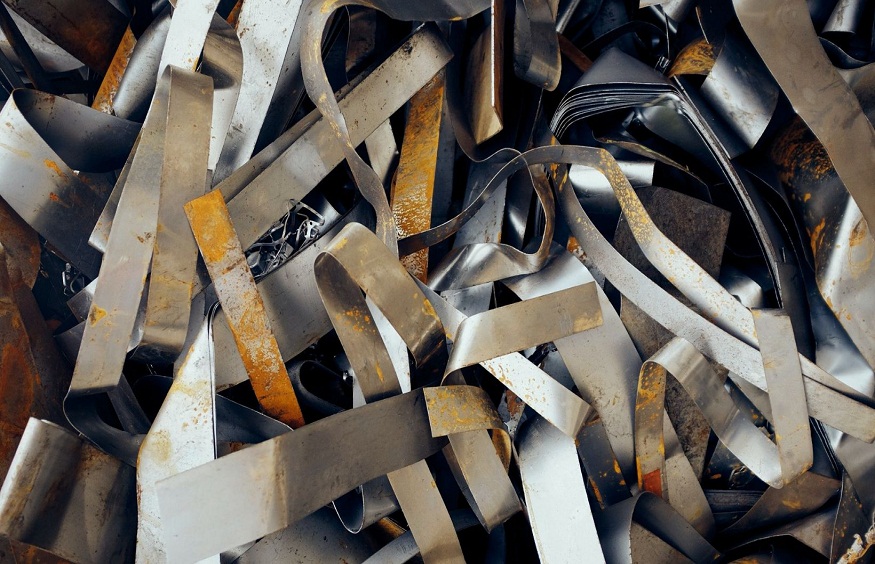Recycling base metals is essential to resource conservation and sustainable waste management. It entails gathering, processing, and reusing metals like copper, aluminium, and steel to decrease the impact on the environment and lessen the need for the extraction of virgin ore. In this post, we’ll cover the fundamentals of base metal recycling, including the kinds of metals that may be recycled and the actual recycling procedure.
1. Base Metal Types
Base metals are widely utilised in a variety of sectors and are defined as metals that tarnish, oxidise, or rust relatively quickly. The basic metals that are recycled the most frequently are:
- Copper is utilised in plumbing, electronics, and electrical wiring because of its high conductivity and resistance to corrosion.
- Aluminium is utilised in the building, packaging, transportation, and aerospace sectors because of its strength and low weight.
- Steel is an iron and carbon alloy utilised in infrastructure development, automobile manufacture, and building.
2. Gathering and Arranging
The initial stage of base metal recycling involves gathering scrap metal from diverse sources. These can include automobiles and appliances nearing the end of their useful lives, industrial trash, and debris from demolitions. After being gathered, the scrap metal is divided into several groups according to its kind, grade, and quality.
3. Handling
The scrap metal is processed to get rid of impurities and get it ready for recycling after sorting. To enhance its surface area and promote melting, the metal may be broken down into tiny pieces by shredding, chopping, or crushing it. Ferrous and non-ferrous metals are separated using eddy current and magnetic separators.
4. Melting and Refining
After being treated, the scrap metal is melted in a furnace to create molten metal. Any leftover impurities are eliminated during the melting process, and the metal is refined to increase its purity and quality. To provide the required qualities, refining processes may involve fluxing, degassing, and alloying.
5. Casting and Shaping
The molten metal is purified and then cast into bars, ingots, or other forms for use in manufacturing. Melted metal is poured into moulds during the casting process, where it is allowed to harden. After that, the resultant metal products are cleaned, cooled, and ready to be sold to manufacturers or other final consumers.
6. Advantages for the Environment
Recycling base metals has several positive effects on the environment, such as:
- Resource conservation: Recycling base metals helps preserve the earth’s limited natural resources by reducing the need for fresh mining and exploitation.
- Energy Savings: Recycling metal results in lower greenhouse gas emissions and energy savings since it consumes less energy than making it from virgin ore.
- Waste Reduction: Recycling reduces trash and eases the strain on waste management systems by keeping scrap metal out of landfills.
7. Economic Benefits
Base metal recycling has economic and environmental benefits. Recycling metals like steel, copper, and aluminium brings in money for recyclers, promotes employment growth, and boosts the economy. It also gives producers and other businesses a consistent supply of raw resources.
Conclusion
Recycling base metals is a crucial activity that supports resource conservation and sustainable development. By learning the fundamentals of base metal recycling, such as the kinds of metals recycled, the recycling procedure, and the advantages it has for the environment and the economy, people and companies may contribute to creating a more sustainable future.



